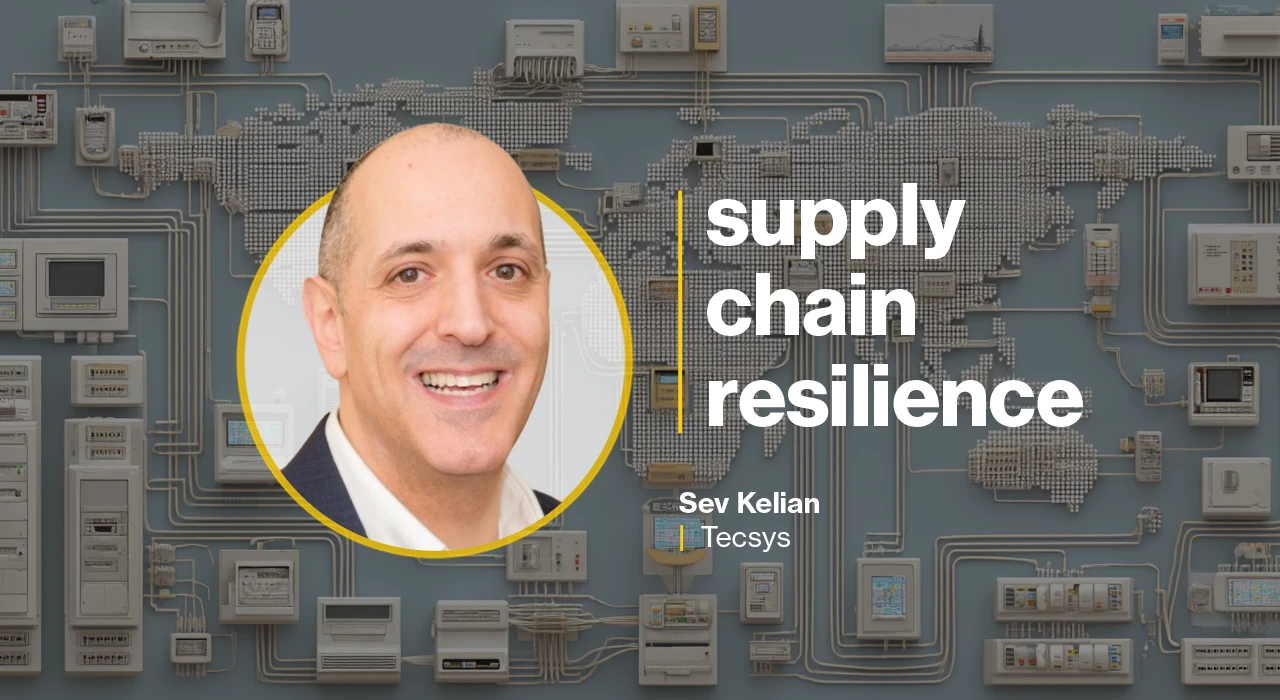Organizations are increasingly recognizing the importance of resilience in their supply chains. In an interview with Help Net Security, Sev Kelian, Chief Information Security Officer and Vice President of Security at Tecsys, emphasizes the need for a holistic approach to strengthen supply chain operations. He advocates for a unified strategy that incorporates both cyber and physical risk management as essential components in today’s complex environment.
One of the most common misconceptions in supply chain strategy is viewing it solely as a logistics function. Kelian points out that this limited perspective neglects the broader implications of procurement, planning, and risk management. He notes that technology plays a crucial role in enhancing visibility, predictive analytics, and automation within supply chains. As organizations develop their strategies, they must recognize that these digital tools are not optional; they are essential for effective operation.
Kelian stresses that supply chain strategies should not be static. They must adapt continuously to changing market conditions and emerging threats. He highlights the dangers of prioritizing efficiency at the expense of resilience. Lean operations, while cost-effective, often lack the redundancy necessary to withstand disruptions. This principle applies equally to cybersecurity, where robust defenses and adaptive response plans are vital for protecting interconnected supply chains.
Integrating Cyber and Physical Security
The integration of cyber and physical security is critical for fostering resilience. According to Kelian, organizations should embed security measures at every level of their supply chains, from vendor onboarding to logistical execution. By employing advanced visibility tools and principles of zero trust, businesses can enhance their ability to anticipate and respond to threats.
He explains that a comprehensive approach combines continuous monitoring of digital vulnerabilities with contingency planning for physical disruptions. This dual focus allows organizations to maintain operational continuity and trust throughout their supply chain ecosystems. Emerging technologies, such as blockchain, contribute to this transformation by providing transparency and trust across multi-tier supplier relationships. Additionally, digital twins enable real-time modeling of disruptions, allowing for proactive decision-making.
Implementing a Multi-Step Roadmap for Resilience
Kelian outlines a practical roadmap for organizations aiming to build resilient supply chains. The first step involves establishing visibility and data integration, which sets baseline Key Performance Indicators (KPIs) such as on-time delivery and inventory accuracy. The second step introduces automation and advanced analytics to enhance forecasting and reduce cycle times.
The third step focuses on embedding resilience measures, which include supplier diversification and cyber-physical risk controls, along with metrics for risk reduction and recovery time. Finally, the roadmap advances organizations towards predictive and adaptive capabilities, utilizing technologies like digital twins and blockchain to drive continuous improvement and sustainability.
Each step in this roadmap must connect to measurable outcomes, such as cost-to-serve reduction and improved service levels, ensuring that progress is transparent and return on investment (ROI) is clear.
Kelian also emphasizes the importance of executive buy-in for resilience investments. He advises reframing the conversation from merely seeing resilience as a cost to understanding it as a value-driven necessity. By aligning resilience initiatives with corporate objectives, organizations can position them as strategic enablers rather than discretionary expenditures.
In conclusion, the future of supply chains lies in their ability to be resilient, secure, and prepared for whatever challenges may arise. By embracing a comprehensive, integrated approach that prioritizes both cybersecurity and physical security, organizations can ensure they are well-equipped to navigate uncertainty and maintain a competitive edge.
